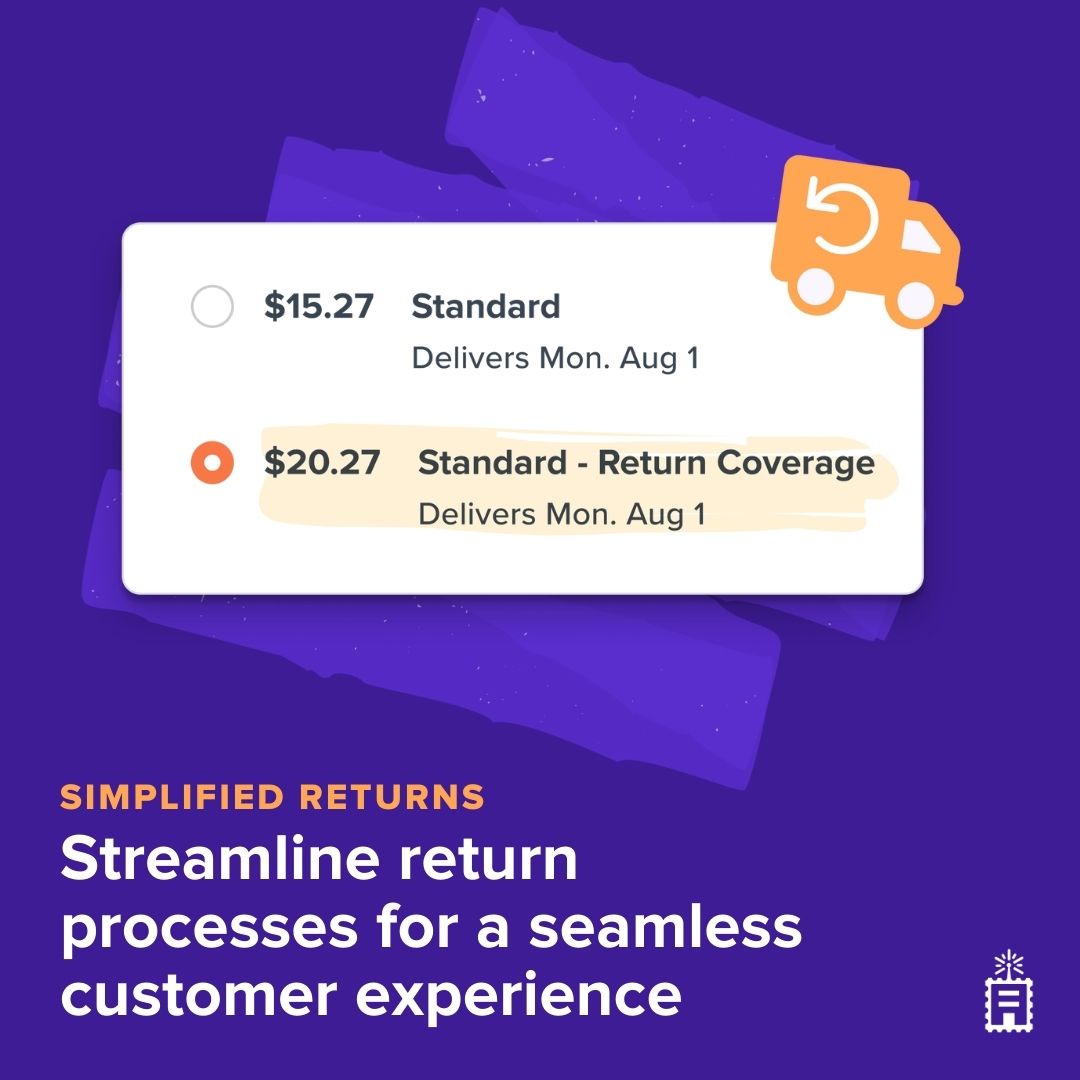Returns are an unavoidable part of eCommerce. From shoes that don’t fit to gadgets that miss the mark, online shoppers expect easy returns. But this convenience often comes at a high cost for retailers. Did you know that eCommerce return rates average between 20% and 30%? Managing these returns not only cuts into profits but also strains resources.
With a solid returns management strategy, you can reduce these costs while improving customer satisfaction. Let’s dive into how you can make your eCommerce returns process efficient, customer-friendly, and cost-effective.
Understanding Returns Management
What is Returns Management?
Returns management includes all the processes businesses use to handle returns effectively. It ensures that returns are processed quickly, customers are satisfied, and costs are kept under control.
Key Components of a Returns Management Process
To reduce costs, an efficient returns process should include:
- Clear return policies: Customers should easily understand your terms.
- Efficient logistics: Products should be returned, inspected, and restocked or disposed of without delay.
- Data collection: Understanding why customers return items helps reduce future returns.
Now that we’ve covered the basics, let’s move on to actionable strategies.
7 Strategies to Reduce the Cost of eCommerce Returns
Reducing the cost of eCommerce returns starts with understanding why they happen and implementing proactive measures. From refining your policies to leveraging technology, these strategies will help you save money while keeping your customers happy.
1. Develop a Clear and Customer-Friendly Return Policy
Your return policy is the foundation of your returns process. A well-written policy builds trust and sets clear expectations. Here’s how you can make it customer-friendly:
- Ensure it’s easy to find on your website.
- Explain the process step-by-step to eliminate confusion.
- Clearly state eligibility rules, such as timelines and conditions for returns.
2. Implement Quality Control Measures
Many returns occur due to damaged or defective products. Improve your quality control by:
- Inspecting products thoroughly before shipment.
- Testing functionality for electronics or checking stitching for apparel.
The fewer defective products you ship, the fewer returns you’ll handle.
3. Utilize Data to Identify Return Patterns
Data is your best friend when it comes to understanding why customers return products. Analyze patterns in your returns data to identify common issues. For example:
- Are specific products returned more often?
- Do customers complain about sizing or color discrepancies?
- Is damage during shipping a frequent issue?
Once you identify the problem, immediately take steps to fix it.
4. Offer Detailed Product Descriptions and Images
One major reason for returns is mismatched expectations. Customers often return items that don’t match what they saw online. To fix this, ensure your product pages are as detailed as possible.
- Include multiple high-quality images showing the product from every angle.
- Provide accurate size charts for clothing.
- List specifications clearly for technical products.
5. Optimize Reverse Logistics
Reverse logistics refers to managing products sent back by customers. Streamline this process to reduce costs by:
- Partnering with reliable carriers for efficient return shipping.
- Using centralized return hubs to lower transportation costs.
- Automating return tracking to reduce errors and speed up processing.
Efficient reverse logistics saves time and money, and it also shortens the resale cycle for returned items.
6. Invest In Customer Support
Sometimes, a return can be avoided entirely with proper customer support. For example, if a customer struggles with assembly, a quick chat or call can resolve the issue without needing a return.
- Train your customer support team to handle product-related queries effectively.
- Offer multiple support channels, including chat, email, and phone, for convenience.
7. Resell or Refurbish Returned Items
Not all returned items are a loss. If the product is in good condition, resell it at a discount. Here’s how:
- Create an “open box” section on your website for lightly used or returned items.
- Refurbish defective items and sell them as certified pre-owned products.
Environmental Considerations in eCommerce Returns
The Hidden Cost of Returns
Returns aren’t just expensive for merchants but also bad for the planet. Every return involves transportation, which adds to carbon emissions. Additionally, items that can’t be resold often end up in landfills.
How to Reduce the Environmental Impact
Make your returns process more sustainable with these steps:
- Efficient Packaging: Use eco-friendly, minimal packaging.
- Local Drop-Off Points: Reduce the carbon footprint by avoiding long-distance shipments for returns.
- Encourage Conscious Returns: Offer incentives for customers to choose sustainable return options.
Using Technology to Optimize eCommerce Returns
Reducing the cost of eCommerce returns doesn’t have to be complicated. By implementing the right technology, you can make returns less expensive and more efficient.
At ShipperHQ, we understand the challenges eCommerce retailers face with returns. Our Simplified Returns solution lets you cover the cost of returns by enabling return shipping. You can display a duplicate return shipping rate with an added surcharge for each selected shipping method and protect your profit margins.
Ready to lower the cost of eCommerce returns? Try ShipperHQ for free for 15 days and protect your profits from return-related losses.







